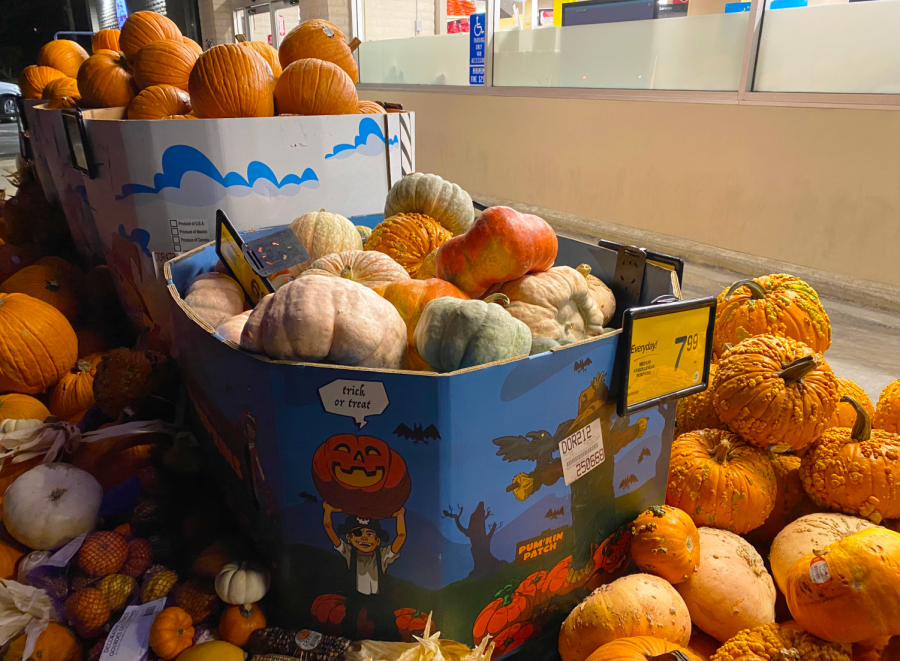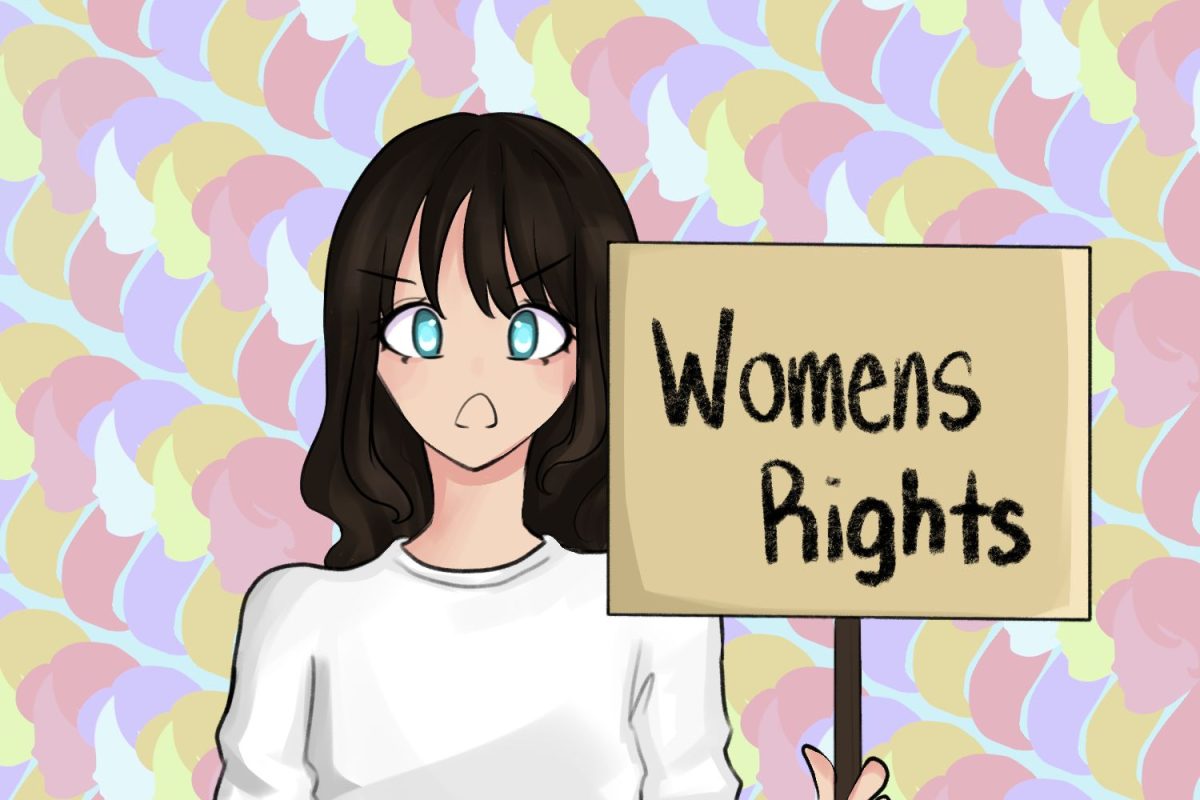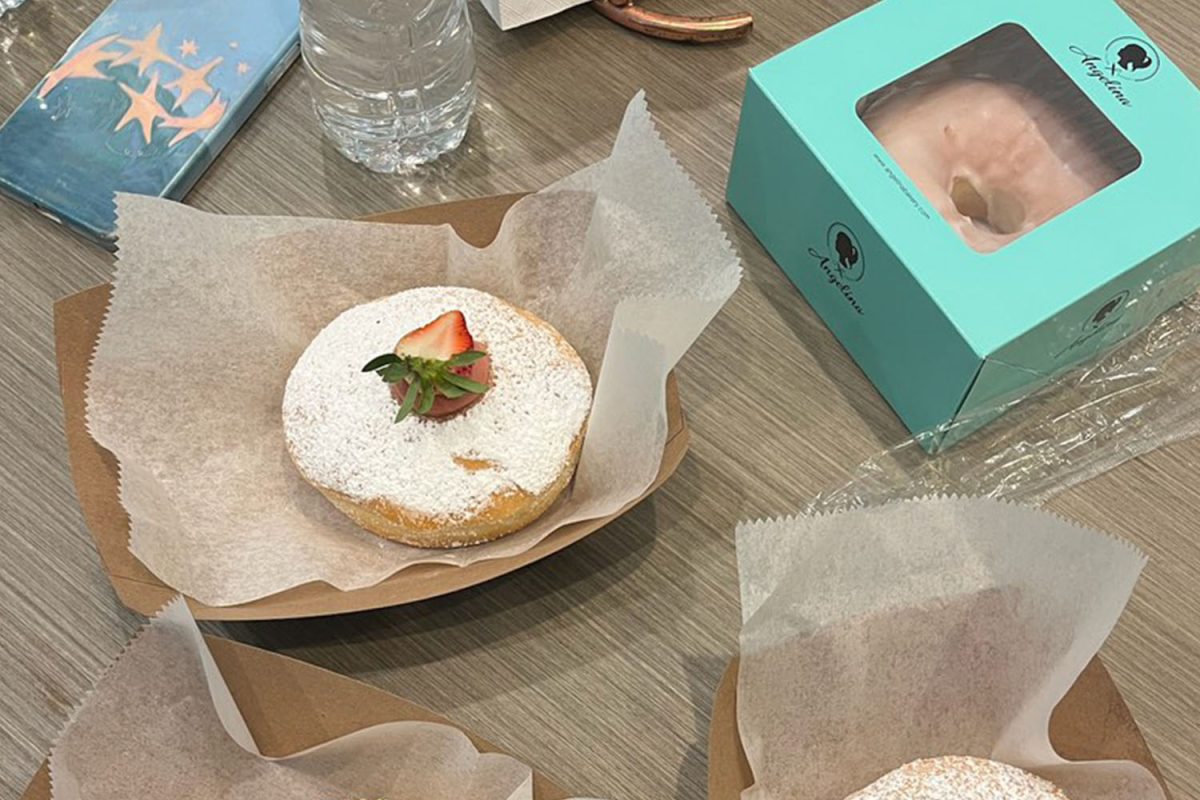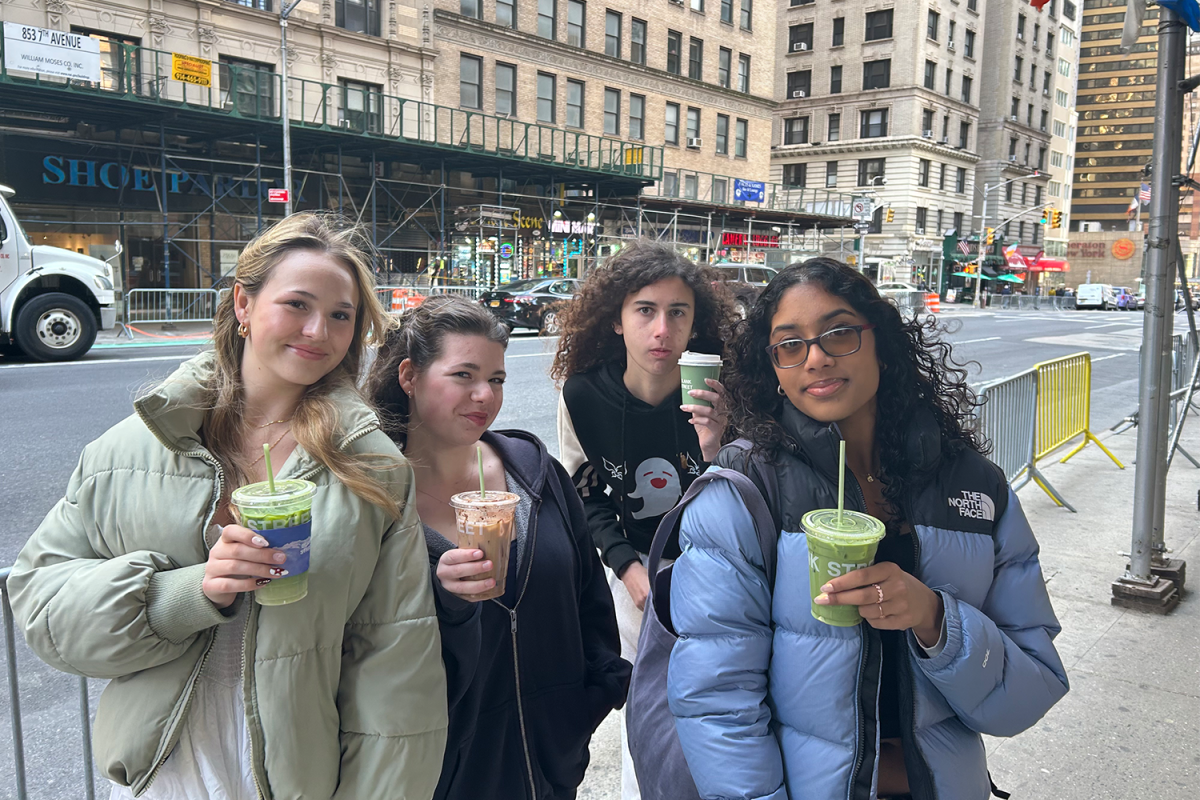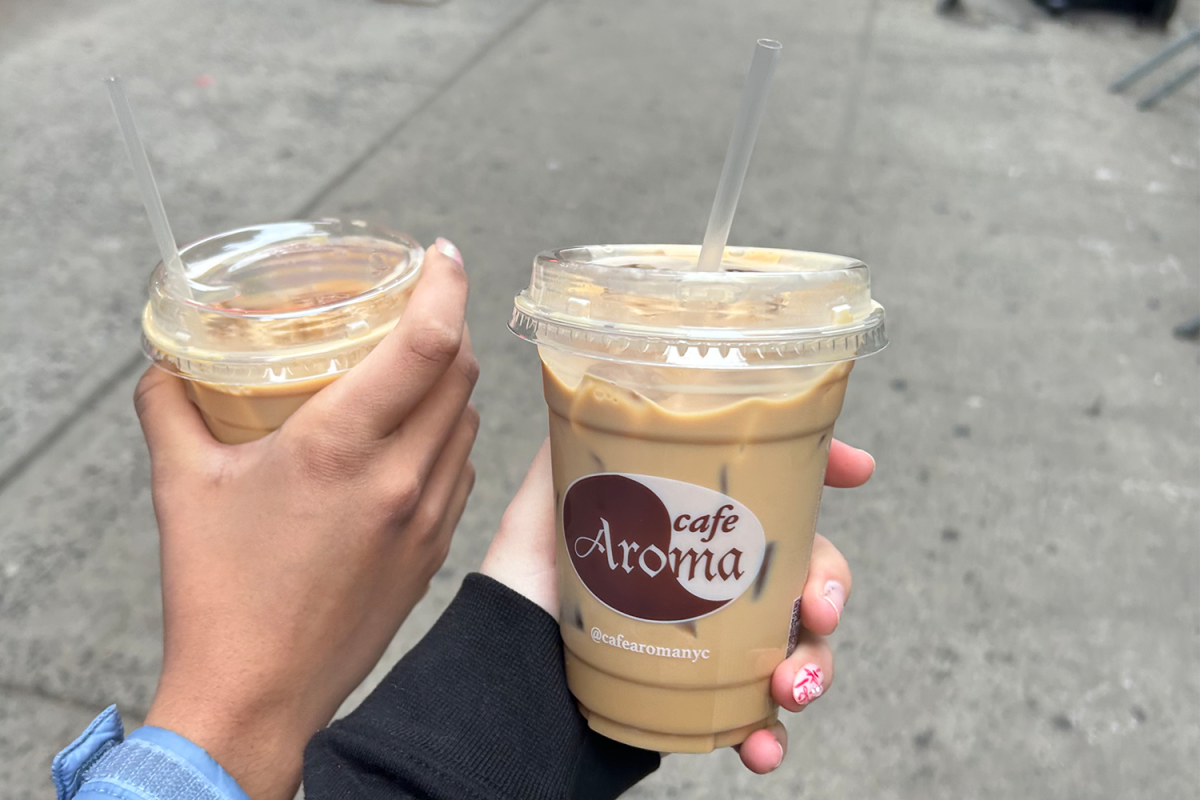With the autumn season in full swing, pumpkin sales are beginning to spike. This annual surge in pumpkin sales brings about a whole new meaning to “spooky season” as a result of their potential for increased waste creation.
Pumpkins’ various uses during the fall months ranges from being carved into vividly lit jack-o-lanterns to displayed as a colorful decoration. In past Halloweens, the vast majority of pumpkins produced were not properly composted or consumed as food but instead left to rot on the streets or ended up in landfills.
“When [pumpkins] break down in landfills or even on the street, it causes methane, one of the leading greenhouse gasses,” said Taylor Hawkins, an environmental science teacher at Carlmont.
The breakdown of organic matter, including pumpkins, in landfills emits a significant amount of carbon emissions as a result of landfill environments creating a space nearly impossible for any matter, organic or otherwise, to decompose. This lack of decomposition causes organic matter to mummify in landfills creating significant methane emissions as a result.
Gradual efforts have occurred in response to climate change and the California state government is working to prevent future emissions that are produced when organic matter ends up in landfills. This is reflected in Senate Bill 1388 where the government voiced its intent to reduce emissions produced by the organic waste in landfills.
“[The bill] set a statewide goal to reduce the amount of organic material disposed of in landfills by 75 percent by 2025,” said Tim Hall, the supervisor of the organics unit at CalRecycle. “The ultimate goal of [the bill] is to reduce emissions of short-lived climate pollutants, including methane generated by organic waste in landfills, by 40 percent by 2030.”
Half Moon Bay, home to several pumpkin patches, plays its part in reducing emissions by implementing measures to ensure that the leftover pumpkins from local farms are used for onsite composting rather than ending up in landfills.
“The waste collectors don’t see large amounts of pumpkins coming through their services from the pumpkin patches; it’s mostly citizens who dispose of them through the bins,” said Emily Webb, an employee at CalRecycle’s Assistance and Market Development branch in Half Moon Bay.
Residents can take manageable steps to help decrease their carbon footprints over the holiday season by taking any number of simple measures to reduce their Halloween pumpkins’ effects on the enviroment.
“You can quite literally dig a hole and throw the pumpkin it in; that already eliminates the carbon emission from that pumpkin,” Hawkins said.
Shopping from local farms also assists the environment since pumpkin patches use their excess supply as nutrients for the soil; this method of composting in farming results in zero methane emissions. Purchasing organic pumpkins may also result in lower environmental impacts due to conventionally grown pumpkins’ utilization of pesticides that have the ability to pollute ground water and reduce the quality soil.
Farmer John’s Pumpkin Patch, located in Half Moon Bay, is a family-owned pumpkin patch that has been catering to the public since 1918. According to the families who run Farmer John’s, they harvest their own pumpkins, and their produce is grown locally. Similar to other pumpkin farms, they’re conscious about the disposal of their plants, aiming to have zero waste at the end of the fall season.
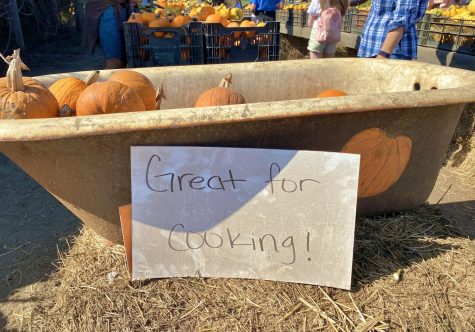
“The leftover pumpkins are used as compost and given to cows. It’s a good treat for them and a natural dewormer,” said Brittanie Zets, an employee at Farmer Johns Pumpkin Patch.
In addition to shopping sustainably at local pumpkin patches, consumers can reuse and recycle their pumpkins in various ways to reduce their carbon footprints. Every effort made by consumers, no matter what size, contributes to humanity’s collective effort to combat climate change.
“With pumpkins, it’s a piece of global warming you can control; it’s so simple to help instead of throwing the pumpkins in the trash,” Hawkins said.


